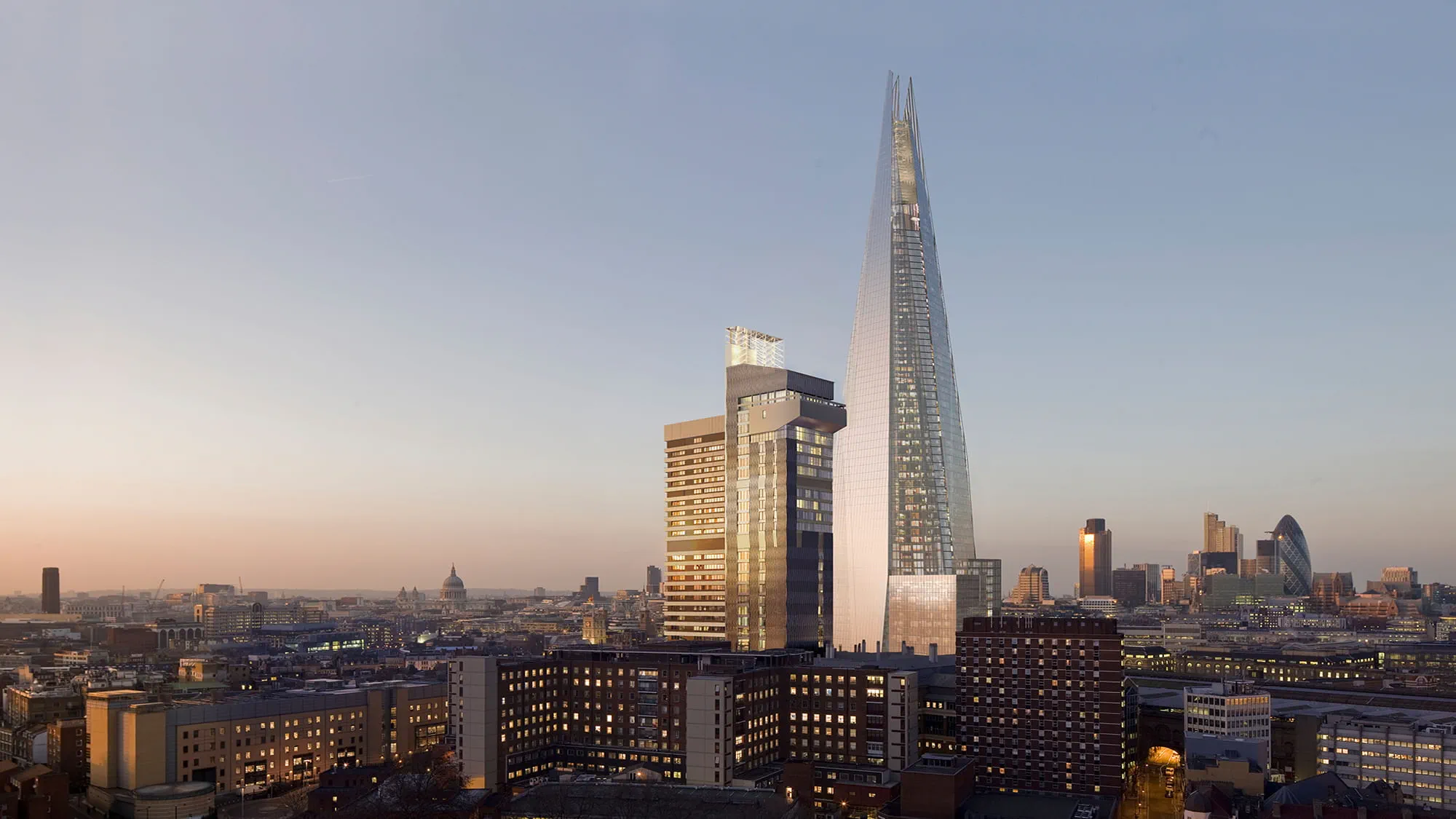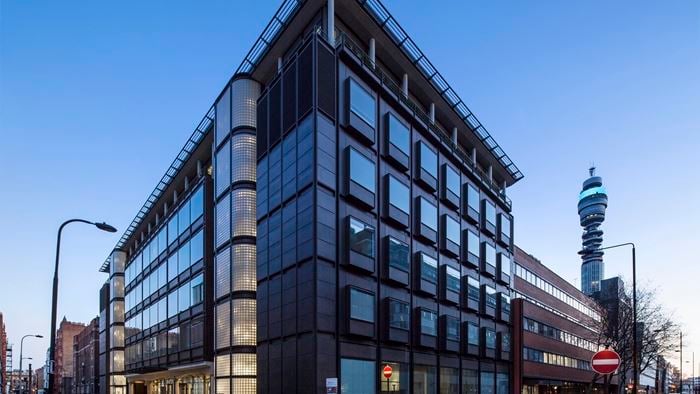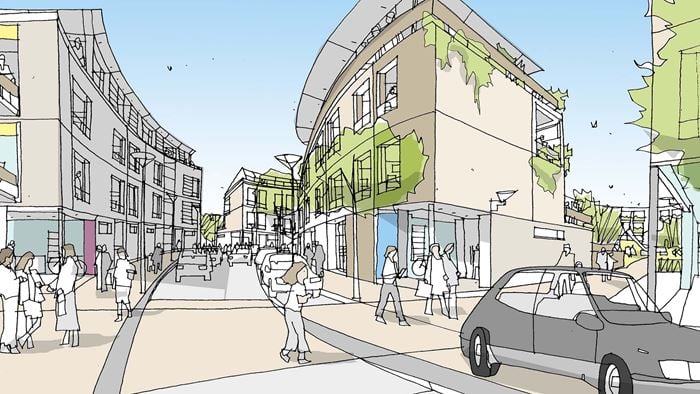The 34 storey high Guy’s Tower at Guy’s Hospital was originally built in 1974, but by 2008 the building facade was showing significant signs of ageing.
Having concluded that demolition and rebuild was not practical, Guy’s and St Thomas’ NHS Foundation Trust embarked on a £40 million capital investment project to refurbish the exterior of the building. Already seen as a leader in the field of carbon management in the NHS, The Trust decided to take advantage of the opportunities such a large scale refurbishment offered and specified a solution that was highly energy efficient, reducing its carbon impact.
Our Programme and Project Management (PPM) team were commissioned to deliver the project on the Trust’s behalf - leading a multi-disciplinary team to manage the project from feasibility through to completion and handover.
The complexity of the project was increased as the busy NHS teaching hospital would remain in occupation throughout. Operations management was critical to the Trust as patients, staff, and visitors, needed to be able to continue using the Tower and the surrounding buildings with minimal disruption.
Project Summary
34 storeys
148.65mhigh
8,000m² aluminium panels
Working around a busy hospital
Our PPM team established a comprehensive Project Execution Plan (PEP) that adhered to the Trust’s project delivery processes and formal reporting structures. The PEP was issued to all parties and included clear, concise sections that ensured everyone on site was aware of the required standards as well as their roles and responsibilities.
The programme of works was successfully carried out whilst the building continued to function as one of the UK’s busiest hospitals. The project was delivered on time and under budget for the client, with not one clinical appointment being cancelled. This was particularly impressive as our PPM team had to overcome design and construction challenges such as limited access to the site. Furthermore, analysis carried out by our building physics, facades and materials experts estimate a reduction in the tower energy consumption by 7% and the carbon footprint by 9%.
“The art of managing a complex project like this is having the right team. We found the best in the marketplace in terms of partners for this kind of project — Arup, Penoyre & Prasad and Balfour Beatty. ” Steve McGuire Director of Essentia, Guy’s and St Thomas’ NHS Foundation Trust
Improving the building’s performance
The energy improvements were achieved purely through refurbishing the building envelope. A new curtain wall system incorporated high performance glazing, selected to balance solar control and light transmission to achieve the best possible internal environment. For the rainscreen, we developed a panelised solution for the geometrically complex over-cladding; this simplified and accelerated the installation process. This system was developed in close collaboration with contractors, manufacturers and materials specialists from within both Arup and the wider industry.

 ;
;









